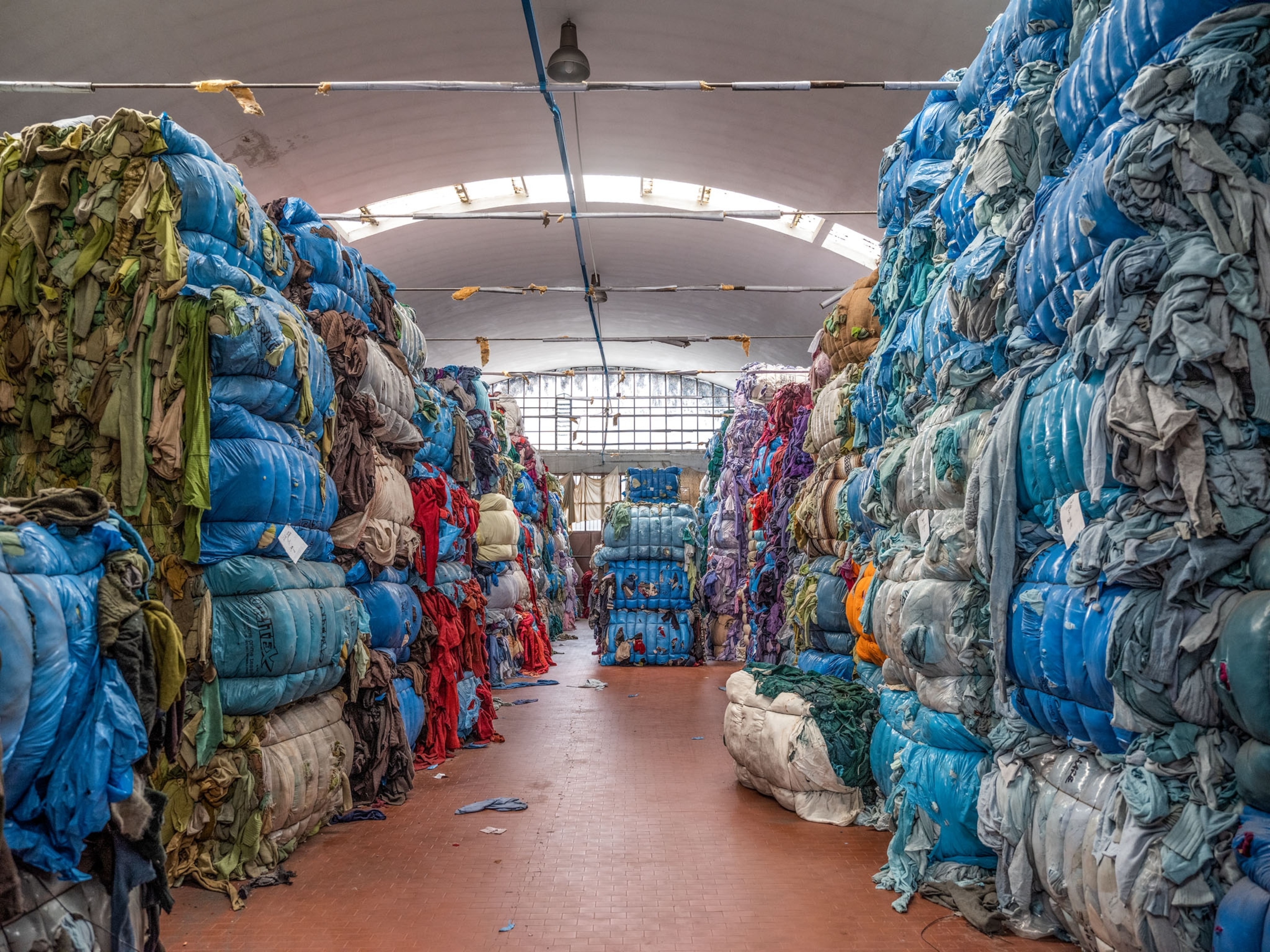
Why we dedicated our cover story to ‘the end of trash’
Eliminating trash may sound far-fetched, but continuing to trash the planet is untenable. So innovators worldwide are pioneering solutions.
We feel bad when we throw out things that shouldn’t have become trash (like uneaten, past-its-prime produce) or expend resources needlessly (like leaving lights on when we’re away). This guilty feeling is deeply ingrained; the origins of the expression “waste not, want not” can be traced to the 1500s.
But we do waste, in ways big and small. The result is this shocking fact: Of the minerals, fossil fuels, foodstuffs, and other raw materials that we take from the Earth and turn into products, about two-thirds ends up as waste. And, more likely than not, that waste is part of a larger environmental problem.
“Plastic trash drifted into rivers and oceans; so did nitrates and phosphates leaching from fertilized fields. A third of all food rotted, even as the Amazon was deforested to produce more,” writes senior environment editor Robert Kunzig in “Is a world without trash possible?,” the cover story in this issue. And the biggest waste-caused problem? Climate change is what happens when “we burn fossil fuels and scatter the waste—carbon dioxide—into the atmosphere.”

What if we could recapture waste and turn it into something else? This concept, called the circular economy, is not entirely new. Environmentalists have espoused the reduce, reuse, recycle ethos since the 1970s. For generations, in Prato, Italy, old wool sweaters have been reduced to their yarn and rewoven into new clothes. And for decades, copper was extracted from church bells and statues; today it’s more likely to come from iPhones and flat-screens.
We sent Kunzig and photographer Luca Locatelli to document where the new circular economy is taking hold. They found a lot of examples. In New York, fungi filaments are used to create compostable packaging. In London, researchers are feeding beer waste to insects, which are made into animal feed. In hotel kitchens around the world, chefs are reducing food waste with AI garbage cans that measure it.
The idea that we might put an end to trash may seem far-fetched—and it is, but in a good way, Kunzig told me. “It reminds me of a line in Diner, a movie I love: ‘If you don’t have good dreams, you got nightmares.’ The circular economy is like that—it’s a dream we have to try to make real.”
Thank you for reading National Geographic.
Related Topics
You May Also Like
Go Further
Animals
- Octopuses have a lot of secrets. Can you guess 8 of them?
- Animals
- Feature
Octopuses have a lot of secrets. Can you guess 8 of them? - This biologist and her rescue dog help protect bears in the AndesThis biologist and her rescue dog help protect bears in the Andes
- An octopus invited this writer into her tank—and her secret worldAn octopus invited this writer into her tank—and her secret world
- Peace-loving bonobos are more aggressive than we thoughtPeace-loving bonobos are more aggressive than we thought
Environment
- Listen to 30 years of climate change transformed into haunting musicListen to 30 years of climate change transformed into haunting music
- This ancient society tried to stop El Niño—with child sacrificeThis ancient society tried to stop El Niño—with child sacrifice
- U.S. plans to clean its drinking water. What does that mean?U.S. plans to clean its drinking water. What does that mean?
- Food systems: supporting the triangle of food security, Video Story
- Paid Content
Food systems: supporting the triangle of food security - Will we ever solve the mystery of the Mima mounds?Will we ever solve the mystery of the Mima mounds?
History & Culture
- Strange clues in a Maya temple reveal a fiery political dramaStrange clues in a Maya temple reveal a fiery political drama
- How technology is revealing secrets in these ancient scrollsHow technology is revealing secrets in these ancient scrolls
- Pilgrimages aren’t just spiritual anymore. They’re a workout.Pilgrimages aren’t just spiritual anymore. They’re a workout.
- This ancient society tried to stop El Niño—with child sacrificeThis ancient society tried to stop El Niño—with child sacrifice
- This ancient cure was just revived in a lab. Does it work?This ancient cure was just revived in a lab. Does it work?
Science
- The unexpected health benefits of Ozempic and MounjaroThe unexpected health benefits of Ozempic and Mounjaro
- Do you have an inner monologue? Here’s what it reveals about you.Do you have an inner monologue? Here’s what it reveals about you.
- Jupiter’s volcanic moon Io has been erupting for billions of yearsJupiter’s volcanic moon Io has been erupting for billions of years
- This 80-foot-long sea monster was the killer whale of its timeThis 80-foot-long sea monster was the killer whale of its time
Travel
- How to plan an epic summer trip to a national parkHow to plan an epic summer trip to a national park
- This town is the Alps' first European Capital of CultureThis town is the Alps' first European Capital of Culture
- This royal city lies in the shadow of Kuala LumpurThis royal city lies in the shadow of Kuala Lumpur
- This author tells the story of crypto-trading Mongolian nomadsThis author tells the story of crypto-trading Mongolian nomads



